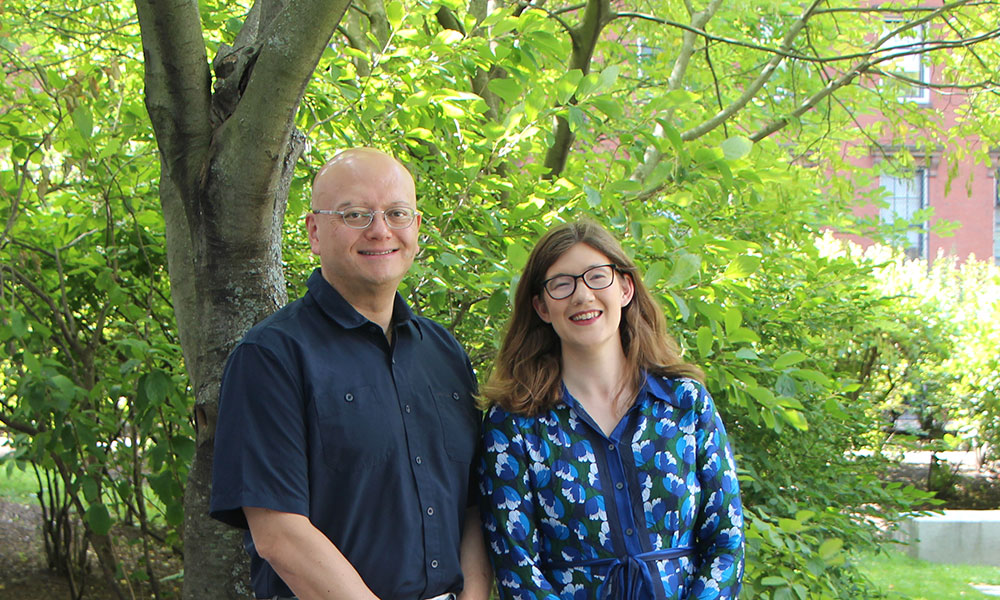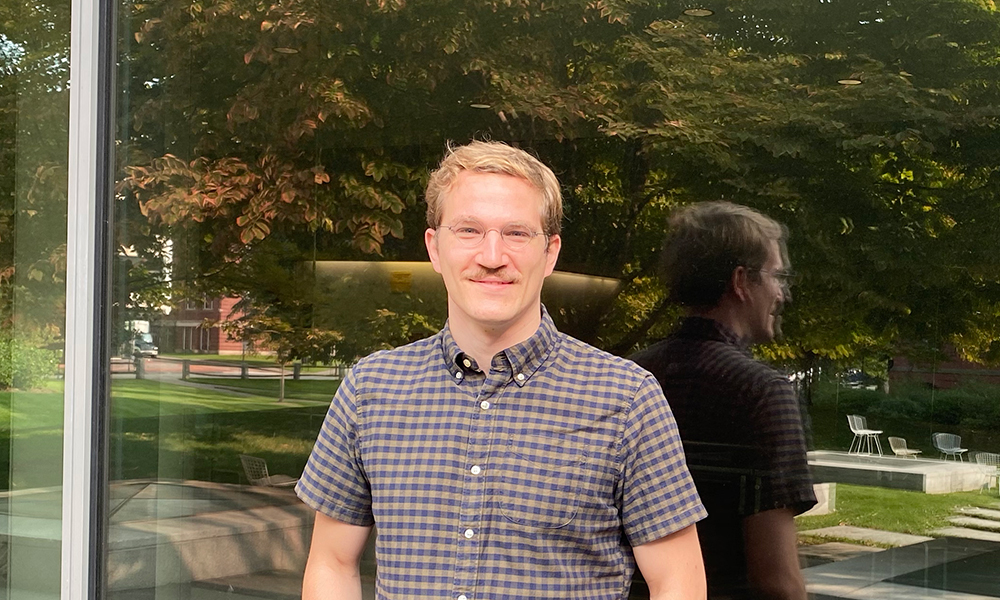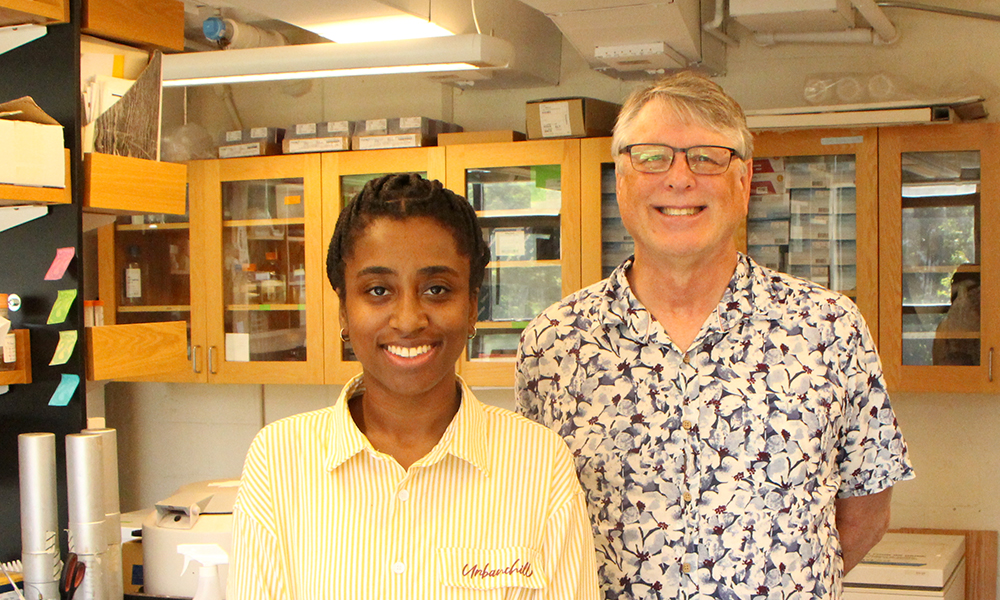MCB researchers show GABA-based sedation in newborns speeds up brain development, confirming decades of animal research in a human cohort. A new longitudinal study led by MCB’s Takao…
A new Nature study from the lab of OEB and MCB’s Hopi Hoekstra reveals that wild mice from different environments use distinct defensive strategies when faced with threats—differences that…











